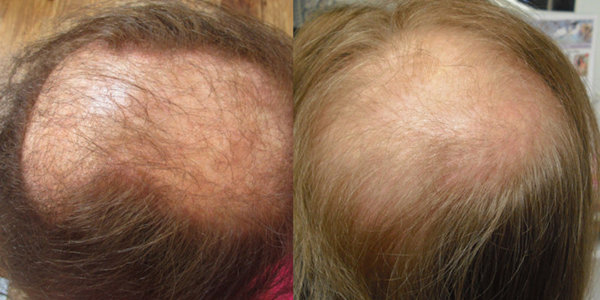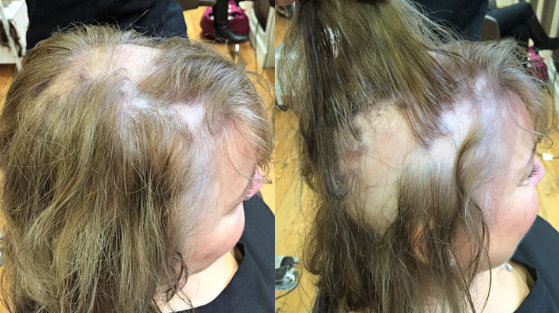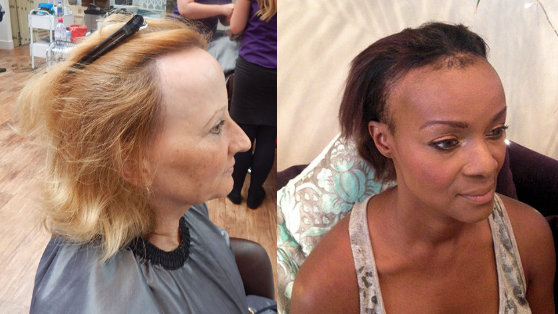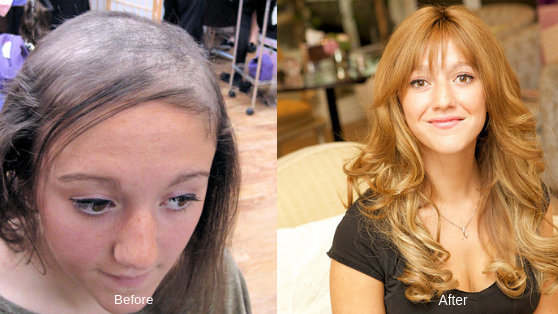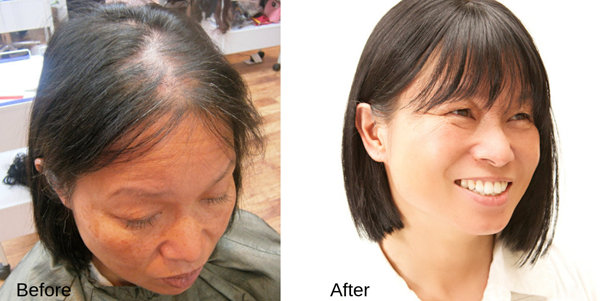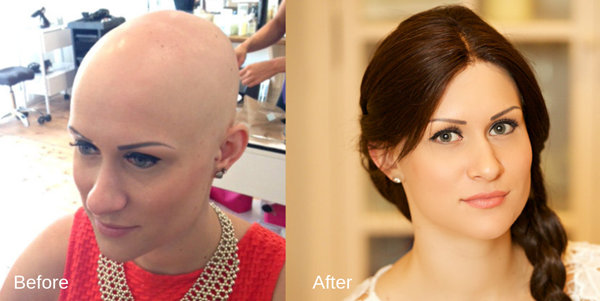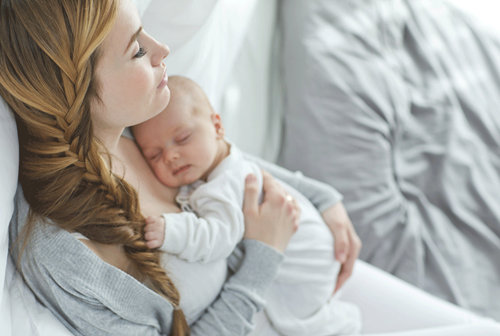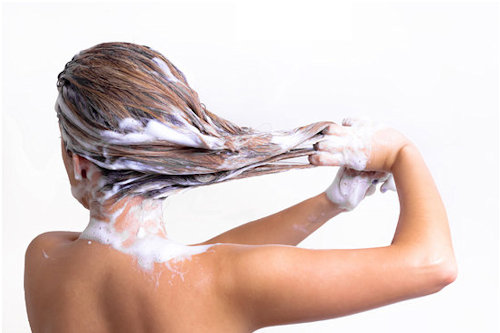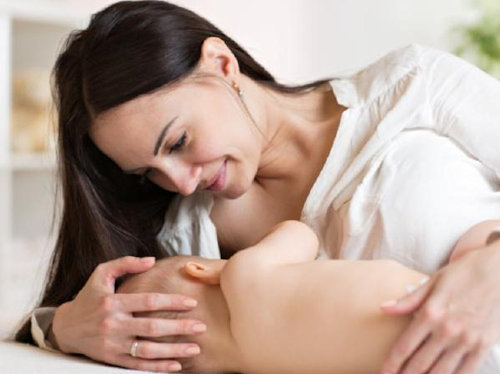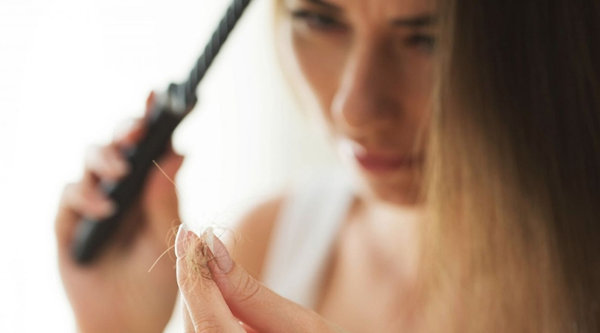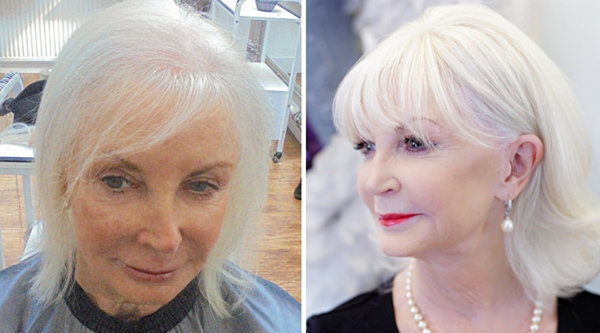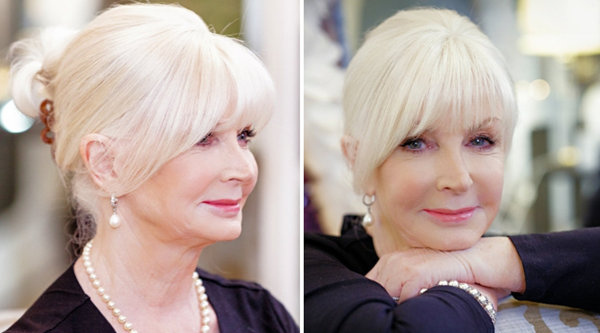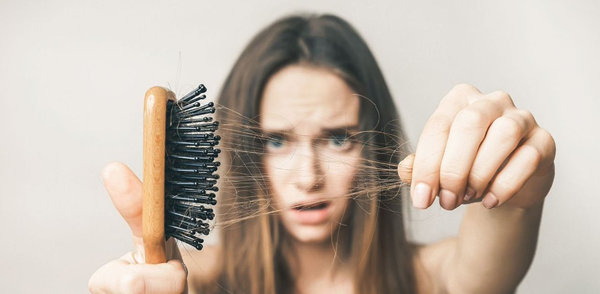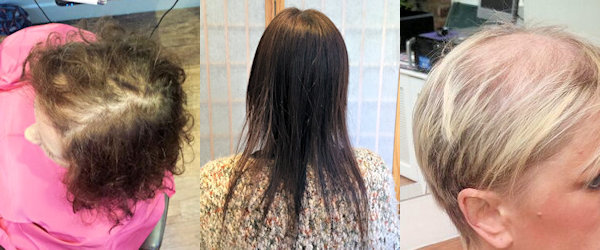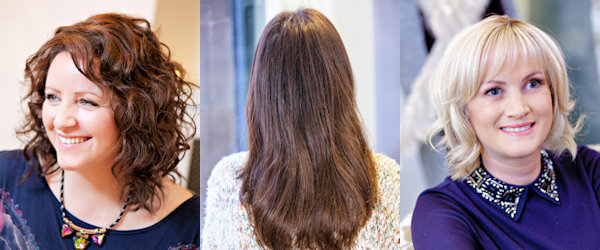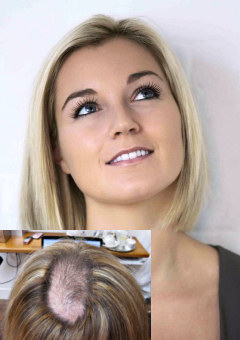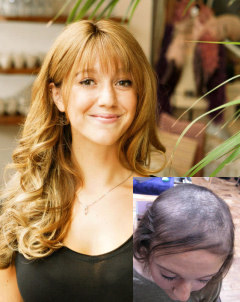So here is a little bit about me, my name is Lucy and I’m 20 years old. I come from a small town in Suffolk, UK but currently studying Food with Nutrition in Bath at university.
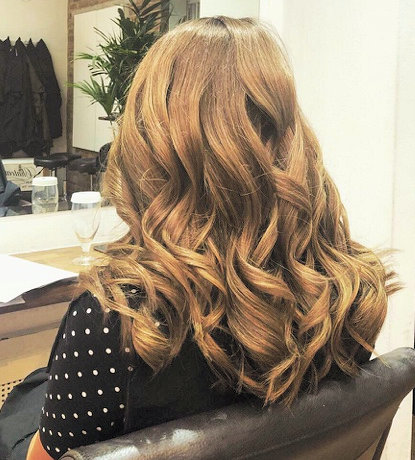
I wanted to share my Alopecia story to help others. It’s been (and still is) a battle, however I feel I am at the stage where, through my own experience, I can start supporting and helping others who are also experiencing any form of hair loss. I used to always focus on the negatives of alopecia but over time I’ve learnt to slowly accept it and try and focus on the positives—for one it makes you a WAY stronger person. You are beautiful with or without hair.
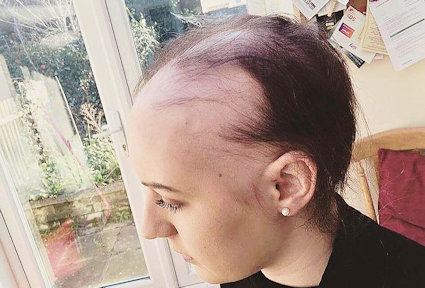
Firstly, I thought it would be relevant to outline my own story, from when I first discovered I had alopecia, to now.
My alopecia story first started at the age of 15, around 5 years ago now in 2014. Running my fingers through my then, long and thick brunette locks in a geography class at school, I halted as I suddenly felt a small bald patch at the back left-hand side of my head. As soon as I got home from school that day, I looked in the mirror and the reflection confirmed to me that a circular bald patch was apparent– It was very small, no bigger than a 5 pence piece.
For a few weeks, I shrugged it off. I began Googling explanations as to why as a 15-year-old girl could be experiencing a form of hair loss like this and (as expected from Google) there was a multitude of different explanations and reasons as to why it could be happening to me.
Little did I know what journey had just started!
At this early stage, I didn’t really think that much of a bald patch on my head- it was something at the back of my mind. In all honesty, I tried to avoid thinking about it. I was a busy teenage girl who was very social and highly dedicated to her studies. Although this doesn’t mean I didn’t check it every other day, hoping that it may have miraculously disappeared! However, in the weeks to come this balding patch at the left-hand side of my head had begun to increase in size…
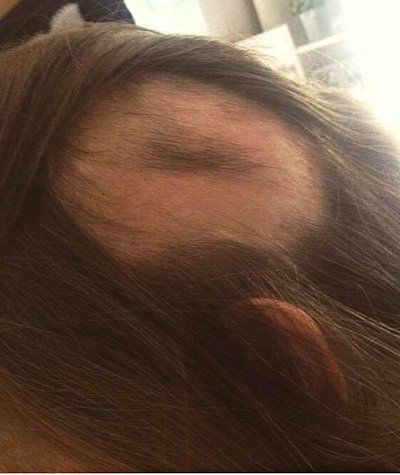
I didn’t really want to consider myself facing ‘hair loss’ at the age of 15. After all, hair loss is not something you consider experiencing in your teenage years at all- something I only thought happened to middle aged Dads! I tried not to think anything more of it nor do anything about it; I feel like I had subconsciously convinced myself that it was fairly common.
Nearing Christmas of 2014, I had noticed that my first patch was evidently becoming much bigger.
After Christmas and entering the new year of 2015 I noticed that my hair loss was worsening, at a swift rate too. My main concern was the worrying volume of hair falling out as I brushed it or in the shower as I was washing it. By this point, I had also unfortunately noticed that multiple further patches were also beginning to form on my scalp. Although others hadn’t realised, running my hands through my hair I could unquestionably detect a reduction in the thickness of my locks. My hair felt thin and limp, styling it how I used to had become a problem. Anyone who has (or is) experiencing Alopecia will understand how tiring and upsetting it is trying to constantly hide growing bald patches (also the strong hate for windy weather!).
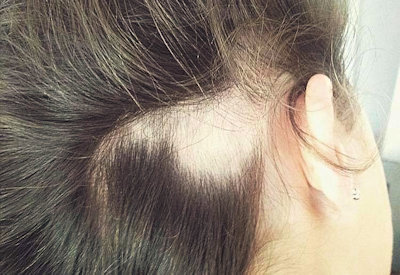
It was at this point that I found myself sadly realising that my experience of hair loss was going to affect me more than I had initially thought.
I can still vividly remember standing in front of my mirror, after a shower with drenched hair and wrapped in a towel. I stood in shock as dense hand falls of hair followed my hair brush as I retrieved it from my scalp. Thick strands, falling to the floor. It felt so wrong that this was happening to me! Every time I would comb through, bundles of strands would fall away. I think this was the first point where I couldn’t help but let myself cry!
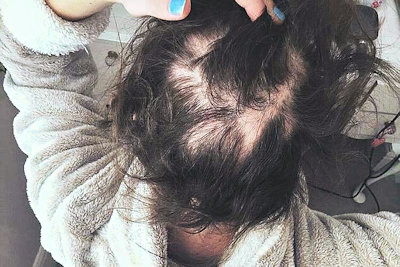
Following this point and noticing the formation of other smaller patches, in early February I phoned the doctors and booked an appointment. The first doctor I saw gave me a selection of various creams and shampoos, initially suggesting that my bald patches were a cause of a problematic scalp. In all honesty, I felt relieved by this, the dreaded term ‘Alopecia’ wasn’t mentioned, and I held high hope the creams/shampoos prescribed by my Doctor would miraculously help regrow my hair!
Cut a long story short, the shampoo did not help- neither did the creams. Sadly, the patches were continuing to worsen- slowly but surely! The gradual process of my hair loss felt extremely difficult and draining, as it was occurring and deteriorating over a period of months which prolonged the confusion and anger, I was experiencing. ‘Why me?’ I would repeatedly find myself thinking. Finding clumps of hair on my pillow as I woke up or on the shower floor whilst I washed my hair, was, to simply put it- devastating and heart-breaking for a 15-year-old girl.
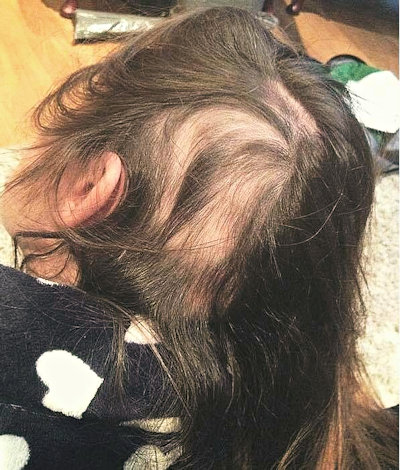
After returning from a school ski trip to Italy in March 2015 (around 6 months after finding my first patch), I revisited the doctors as the patches were becoming so awful and the prescribed shampoos were really doing nothing in my favour. This second Doctor first delivered to me the daunting word I had never hoped to hear, he had diagnosed me with Alopecia. After this diagnosis, I was sent to the dermatology clinic at my local hospital where a dermatologist put me on a course of steroids named Prednisolone. These steroids work with immunosuppressive effects which aim to stop/slow down my own body from attacking my own hair follicles! I held high hopes that this course of steroids would stop my immune system from attacking my own hair follicles, and they did… however only for a short period of time when my steroid dosage was at its highest.
Over the course of 8 weeks I would decrease my Prednisolone dosage by 5mg each week (starting at 40mg to begin with). At first, I saw great results- for the first 4-5 weeks things were looking fab as I had begun to grow ‘fluffy’ light hairs upon my bald patches. Yet as soon as my dosage decreased, my hair fall began to worsen again, which at the time was so frustrating and upsetting for me as my initial patches had begun to regrow (hurrah I had thought!). Once finishing my first set of Prednisolone, I was able to show my dermatologist my hair growth where the Prednisolone had worked at the higher dosage, but I was also able to show her my new patches, where my hair fall was continuing once I had begun to reduce my dosage level.
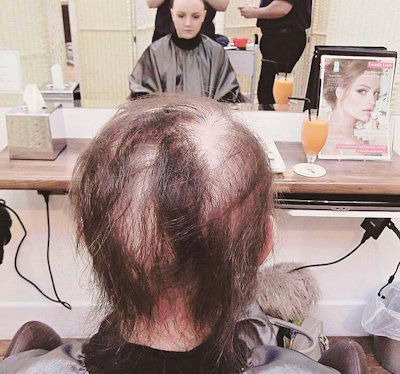
I was put back on the same type of steroids for a longer period until December 2015, to see me through my GCSE examinations without possibly experiencing complete hair loss. Steroids came with many side effects, which weren’t the best experience (yet I felt as though I would do anything to stop my hair loss at this point). Although, as the end of December came around and my course of steroids finished, it was safe to say I was pretty damn happy to get off the stuff!
From December 2015 until March 2016 (when I lost all my hair) it was a downwards spiral unfortunately.

In later April, I lost all my hair on my head, around 4 months after finishing my course of steroids. This was when I visited Lucinda Ellery for the installation of my new hair (which was utterly life changing and I cannot thank them ever enough!). This period in my life was shocking and traumatising- no teenage girl should have to experience hair loss and a bald head at this age. Or any age- I completely sympathise with anyone who has or is going through it. I will always be here for you! Things do get better- trust me on that one!
However, in a certain way it also felt like a huge relief for me. For so long I had been fighting with this draining battle against me. In the latter stages of my hair loss I was able pick hairs from my head with no pain at all, strands would quite literally slide out. The journey felt so prolonged and heart-breaking for me and those around me. The worst part of my alopecia journey by far was the slow process of losing all my hair.
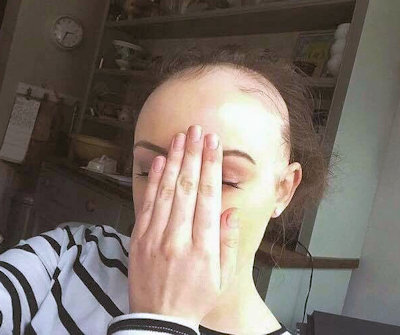
In Mid-2016, I lost the rest of my hair on my body. I often say I miss my eye brows and eye lashes more than the hair on my head! At least with wigs and hair replacement systems you’re able to ‘conceal’ hair loss with brilliant alternatives but unfortunately there is still very little concealment for the loss of eye brows (sadly faux eye brow stickers were not for me!). I had also never applied false lashes prior to this point so the whole concept was daunting and unfamiliar to me. Luckily now I’m happy with my everyday makeup routine, and definitely mastered the art of applying eye lashes!
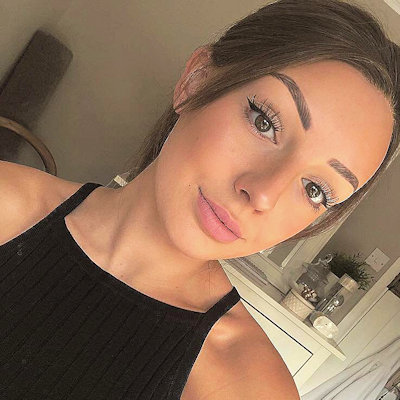
It has been a long journey, but I feel like I have now reached my most content point. I started university last September in the beautiful city of Bath and I have fallen in love with the city. I am absolutely loving my Lucinda Ellery Hair replacement system- as always! For the last three years, I have been in love with my hair system that they created for me. The Intralace Freewear system, in my eyes, is not a wig and I call It ‘my hair’. It is secured on with medical tape which is highly secure, and I change this at home usually once a week. I sleep, shower and can even swim in it. I style it with heat and wear it up in high pony tails etc, something that would be slightly trickier with a wig I feel- it seems like my own hair! I feel myself with my Lucinda Ellery hair, I honestly could not imagine a better alternative. I greatly look forward to visiting the LE salon in London. I always feel so welcomed and looked after by all the staff who help me, and my hair, look as great and natural as possible. They always take their time and make everything so comfortable and relaxing for me. My hair makes me feel like me… a happy me!
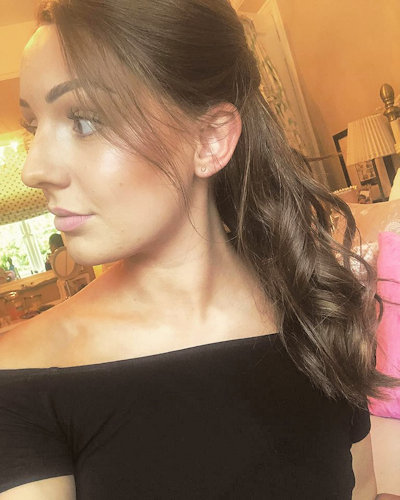
Lucinda Ellery hair consultancy changed my life for the better when they gave me my hair back. When you lose something like this, you realise how much you took it for granted before. Therefore, I will never stop appreciating and loving my LE hair as much as I do now.
Earlier this year I was lucky enough to have my Alopecia story published with the Daily Mail and some other publishers. Since then, I have been completely amazed by the wonderful feedback/support I have received from the article- from so many people who I know, old school peers, work mates to complete strangers! It really did feel like a weight was lifted off my shoulders and I felt so much better for it. More importantly, it felt so great to know this would hopefully support and comfort others going through something similar. I have had countless messages from people experiencing similar and nothing feels better than comforting each other and being reassured that you are NOT alone. The reaction from people was something that terrified me before it was published, but I was shocked at how kind and supportive people can be!! It was a secret I kept for 4 years and I learnt a lot from it, one of which that I shouldn’t have been afraid or ashamed to share my story, everyone is facing their own problems big or small and people are way more supportive than you could ever imagine.
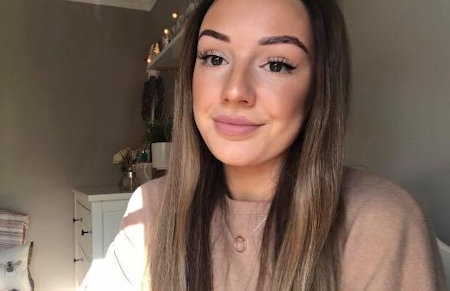
Please if you have Instagram, follow my page @myalopeciajourney. It’s my Instagram page which is dedicated to anything alopecia/hair loss related. On there I share my Alopecia Universalis journey, with all things hair, eye brows, eye lashes and alopecia makeup and support. It’s a great place to raise alopecia awareness and meet, comfort and chat to others who can relate to one another. I have also set up a YouTube channel where I will be uploading alopecia related videos also, it’s really exciting.
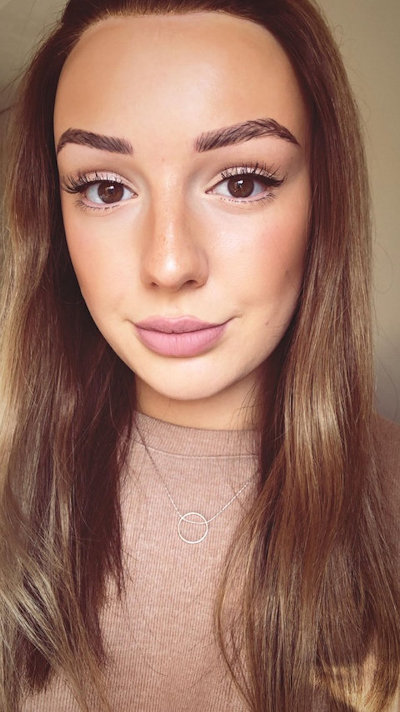
When my hair first started falling out, I felt so down and ashamed of my own body for what it was doing to me. I was afraid to tell others because of what they may of thought of me… but over time my thought processes regarding this changed. I began to accept my alopecia and consequently became much happier within myself. I can honestly say that things do really get better, don’t get me wrong I can still have down days or struggles but overall, I’m happy!
It took me time, and I am still learning to accept my alopecia, but I truly feel that happiness within yourself starts when you begin to accept and love yourself the way you are, and happiness truly is the strongest beauty.
Lucy

